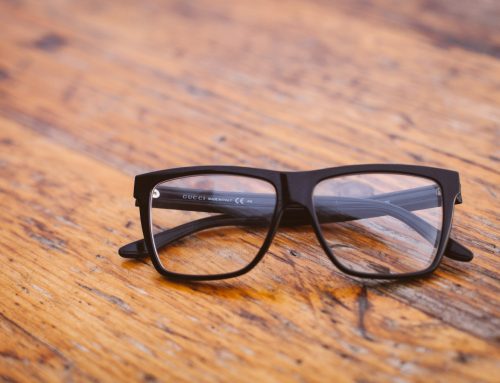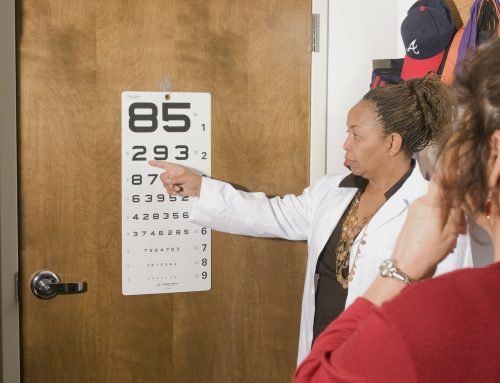Astigmatism is one of the most common vision problems people experience. This problem arises from an irregularly shaped cornea or another part of the eye. Because of the difference in shape, the way light passes through the eyes becomes different, too.
Learn more about astigmatism and the correct type of glasses while reading.
What Is Astigmatism?
Astigmatism is a refractive condition that causes light to focus at different points in the eye to a greater or lesser degree.
Astigmatism is a result of an irregular curvature of the cornea. The irregularity can be near the center of the eye or near its edges. When one side of the curve is steeper, the condition is known as an astigmatic difference. Some people say they feel astigmatism as blurriness or blurriness at the edges of their vision.
What Are the Two Types of Astigmatism?
1. Lenticular Astigmatism
If a person has astigmatism, their cornea is not perfectly shaped. The cornea is shaped like a sphere, but when a person has astigmatism, the curve is shaped like a football instead of having a smooth curve. The football is made up of two halves, called a lenticular.
Astigmatism occurs when the two halves of the lenticular aren’t the same size or shape. If one side is steeper, the condition is known as an astigmatic difference if one side is steeper.
2. Corneal Astigmatism
When a person has corneal astigmatism, the cornea is shaped like a football, but the top of the football is half-obscured by something that keeps the football from being fully circular. This could be scarring, an abnormality in the tissue, or an irregularity in the tissue’s arrangement.
How Is Astigmatism Diagnosed?
Although people frequently experience astigmatism, it is not always easily detected. People experiencing astigmatism may need their vision tested in different lighting conditions, at a distance and up close. The vision test uses a slit lamp, a type of lens used to examine the eye’s surface.
Should You Wear Glasses If You Have Astigmatism?
People experiencing astigmatism may be able to manage the condition without corrective lenses.
Generally, moderate to severe astigmatism requires vision correction with glasses. People with mild to moderate astigmatism can often manage their condition without glasses with the help of eye exercises, vision therapy, and avoiding activities that strain the eyes.
If glasses are needed to manage astigmatism, you should always wear them. This is because astigmatism requires a person to move their focus from close to far and near to far. Always wearing glasses ensures that stress is present at all distances.
How Can You Choose the Right Glasses for Astigmatism?
Prescription glasses for astigmatism should focus on the light entering the eye on the far and near the retina. To see clearly, each retina must be able to focus on the image independently.
Your optometrist will ask you to choose frames before making a final prescription. The frames you choose might need some adjustments to work with your astigmatism.
They will use a special ruler to measure the curves of your cornea. After adjusting your frames, they should fit properly and focus the light on the correct point on both retinas.
Final Thoughts
Astigmatism is a common problem that you can manage with the help of glasses. Prescription glasses will help a person see clearly. Your optometrist can work with you to choose the proper frames to fit your astigmatism.
Learn more about astigmatism by visiting Optiko, the leading optometrist in Downtown Calgary. Our experienced optometrists can help you understand and solve your problems, starting with our comprehensive eye exams. Book an appointment today to get started.








